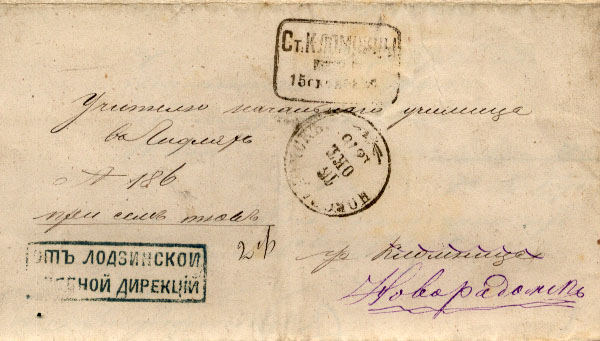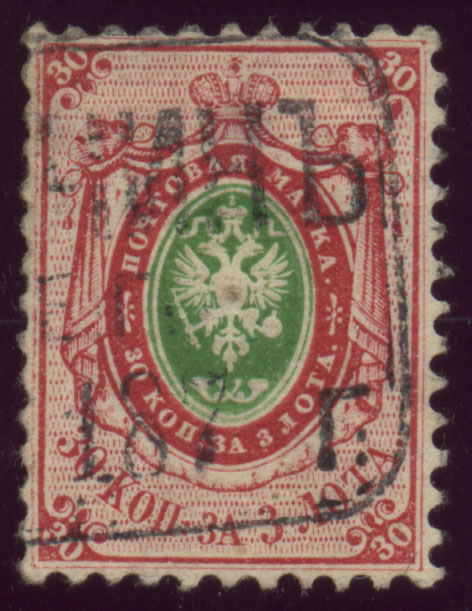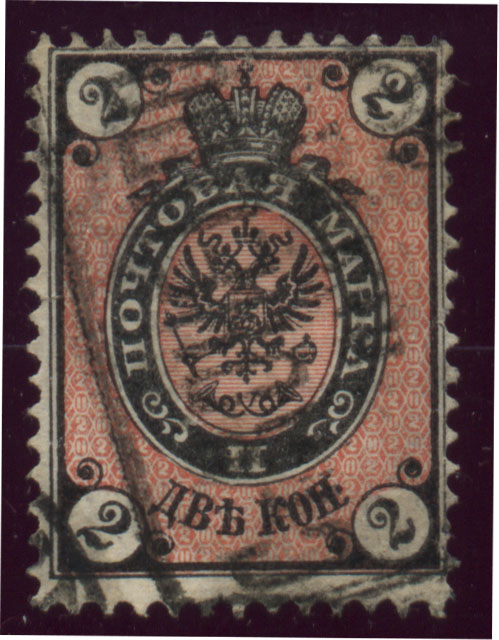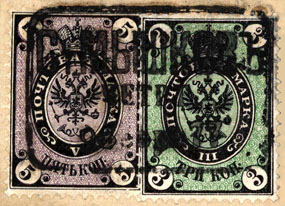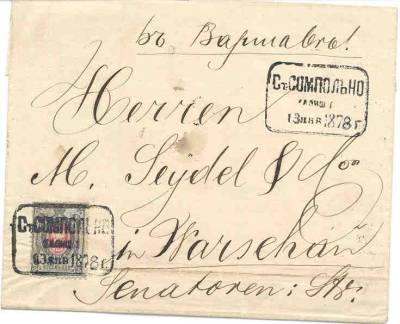The Rossica Society
- Home
Welcome to the Rossica Society Website!
Site Navigation
- About Us
- Membership
- Bookshop
- Contacts
- Journal
The Rossica Society Journal
The Rossica Society publishes two journals per year, the first in the Spring and the next in the Fall.
The journal consists of scholarly articles focused on all aspects of Russian philately that may include information on the pre-stamp days of Russia, Imperial postage, prison mail, World War correspondence, or the postage of post-Soviet states. The fascinating and sometimes incredibly confusing history of Russia, the Soviet Union, and post-Soviet states make our hobby a most interesting one!
- Discover the Rossica Journal
- Learn About the Journal
- Purchase Back Issues of the Journal
- Contact the Editor

 Contact the Editor
Contact the Editor
Clicking on this link will launch your default e-mail program. - Rossica Journal Online - Issues 1 - 136

 Online Journals at the University of Florida
Online Journals at the University of Florida
Rossica Journals and monographs are available online through the George A Smathers Libraries at the University of Florida. Clicking on this link will take you to the University of Florida website. - Russian Post in the Empire, Turkey, China, and the Post in the Kingdom of Poland

 Prigara Monograph Online
Prigara Monograph Online
Available for Viewing from the Rossica Virtual Gallery. - Russian Posts in the XIX Century

 Bazilevich Monograph Online
Bazilevich Monograph Online
Available for Viewing from the Rossica Virtual Gallery. - Canadian Society of Russian Philately (CSRP) Journals

 CSRP Journals Online
CSRP Journals Online
Available online through the George A Smathers Libraries at the University of Florida. Clicking on this link will take you to the University of Florida website.
- Samovar
The Rossica Society Discussion Forum
- RVG
The Rossica Society Virtual Gallery (RVG)
These are the last two exhibits added to the RVG:

Postal History of Kazan and Kazan Gubernia 1779-1917
Added on 2018-11-30
Summary: The exhibit is the first attempt to summarize the postal history of Kazan and Kazan province from the pre-adhesive period and to 10/25/1917. This region, with the exception of a few small notes, was not actually studied before. Here are presented, bo...See the Exhibit

Soviet Censorship During the Great Patriotic War
Added on 2018-10-14
Summary: The German attack at the USSR the 22nd of June 1941 was the start of history's biggest and bloodiest conflict. The exhibit will show the postal censorship that was introduced as a result of the war after the attack the 22nd of June 1941 until the end...See the Exhibit
